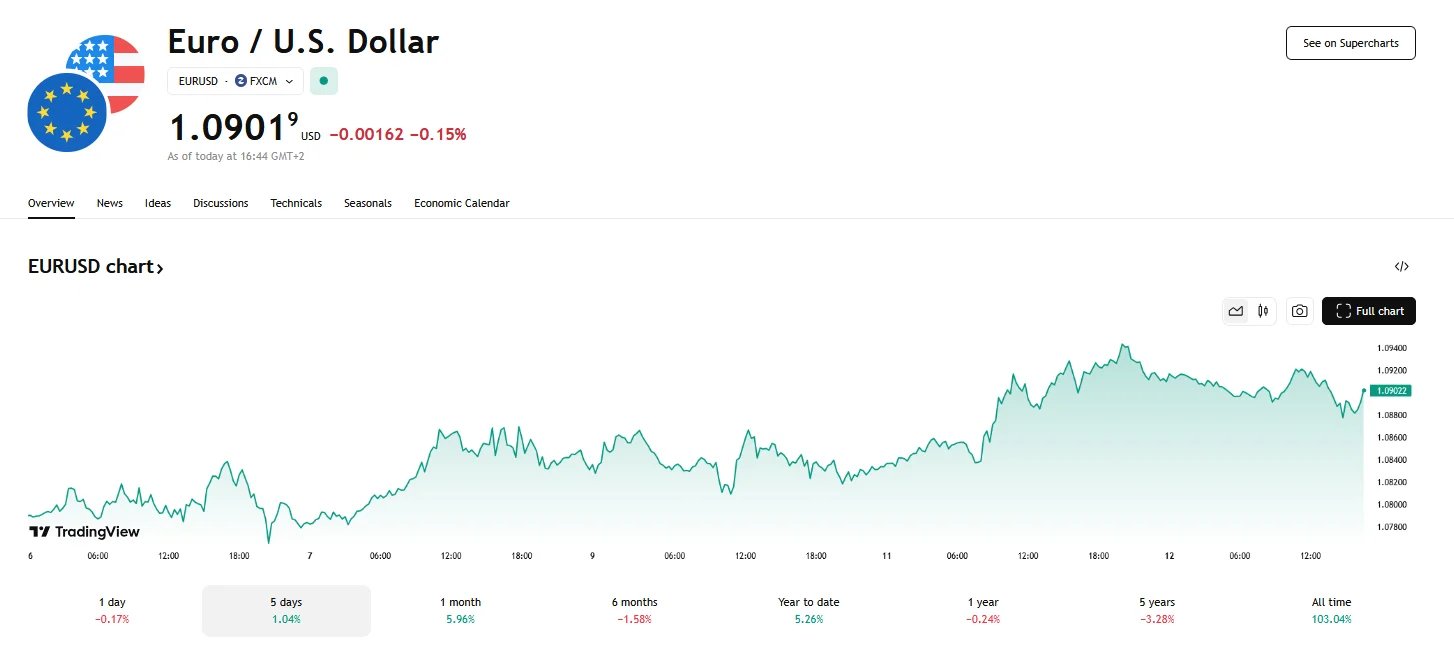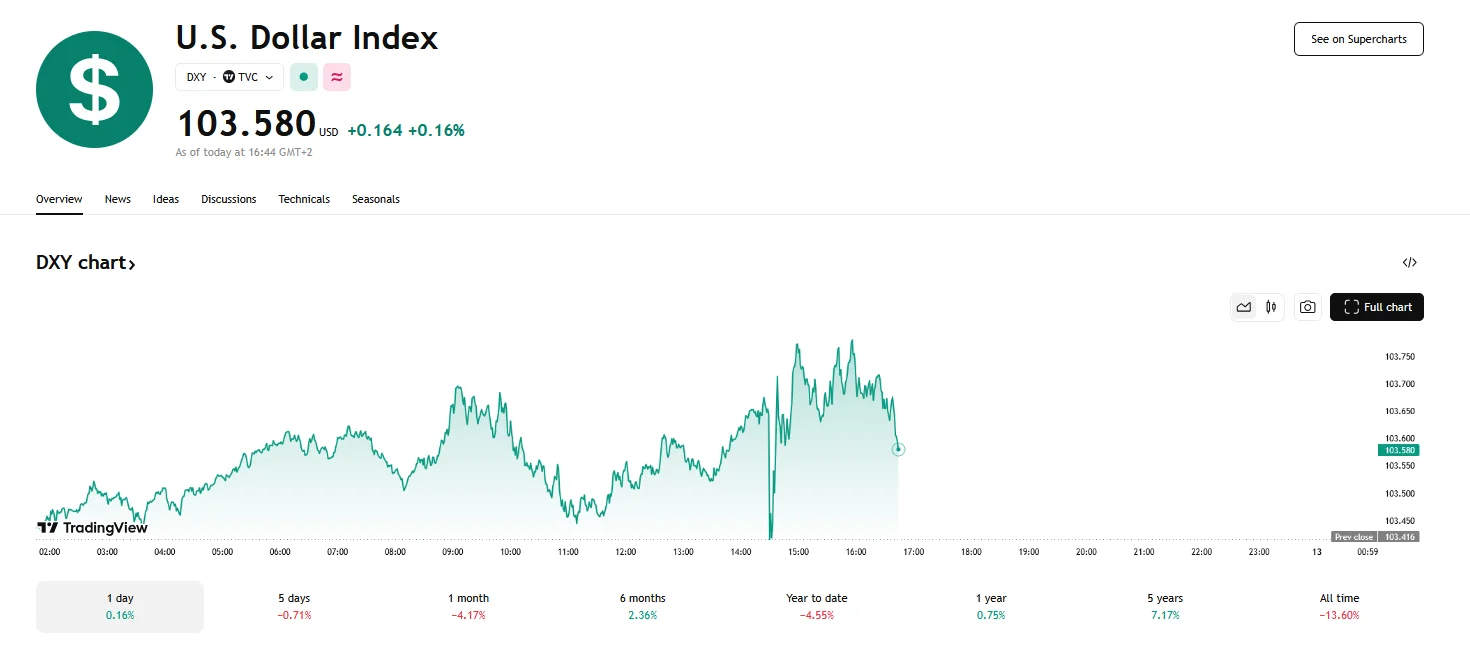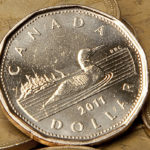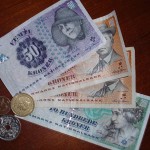Key moments
- The EUR/USD pair has stayed near the $1.09 threshold, while the dollar index has yet to hit $104.
- The dollar index’s inability to break the $104 barrier is attributed to concerns over President Trump’s tariffs.
- The euro was supported by Ukraine’s agreement to a U.S.-proposed 30-day ceasefire and growing confidence in German fiscal policy.
Trump’s Tariff Policies and Recession Fears Weigh on Dollar Amidst Global Trade Tensions
The dollar index faced persistent challenges, struggling to reach the $104 mark. Meanwhile, the EUR/USD pair demonstrated resilience on Wednesday, continuing to hover around the $1.0900 level.

A significant boost to the EUR/USD pair occurred earlier Wednesday, pushing it to a five-month peak above $1.0920. This rise was primarily triggered by the February U.S. Consumer Price Index (CPI) report, which indicated a slower-than-expected increase in inflationary pressures. Notably, year-over-year headline inflation fell to 2.8%, under the projected 2.9%, and core CPI reached 3.1%, also below predictions. Consequently, market expectations have surged for the Federal Reserve to enact interest rate reductions in May.
The U.S. Dollar Index (DXY), tracking the dollar against six major currencies, could not hit $104. Concerns over President Trump’s tariffs, which could increase inflation and reduce purchasing power, have pressured the dollar. Further exacerbating the dollar’s difficulties and the concerns about a recession, U.S. Commerce Secretary Howard Lutnick insisted on the value of the President’s policies during a CBS interview.

Conversely, the euro has been gaining momentum as Ukraine’s agreement to a 30-day ceasefire, proposed by the U.S., has boosted the euro’s appeal. Additionally, hopes for a resolution to German debt restructuring plans to enhance defense spending also increased confidence in the euro. The German Green Party’s willingness to negotiate with other political parties has increased expectations that the German “debt brake” could be eased, stimulating economic growth in the Eurozone. However, the situation surrounding German fiscal policy became more complex after the Greens unveiled rival spending proposals.
Global trade tensions also played a significant role in market dynamics. President Trump’s unpredictable tariff policies have elicited retaliatory measures from trading partners, escalating a global trade war. The European Union announced it would impose counter-tariffs on $28.39 billion worth of U.S. goods from April.





